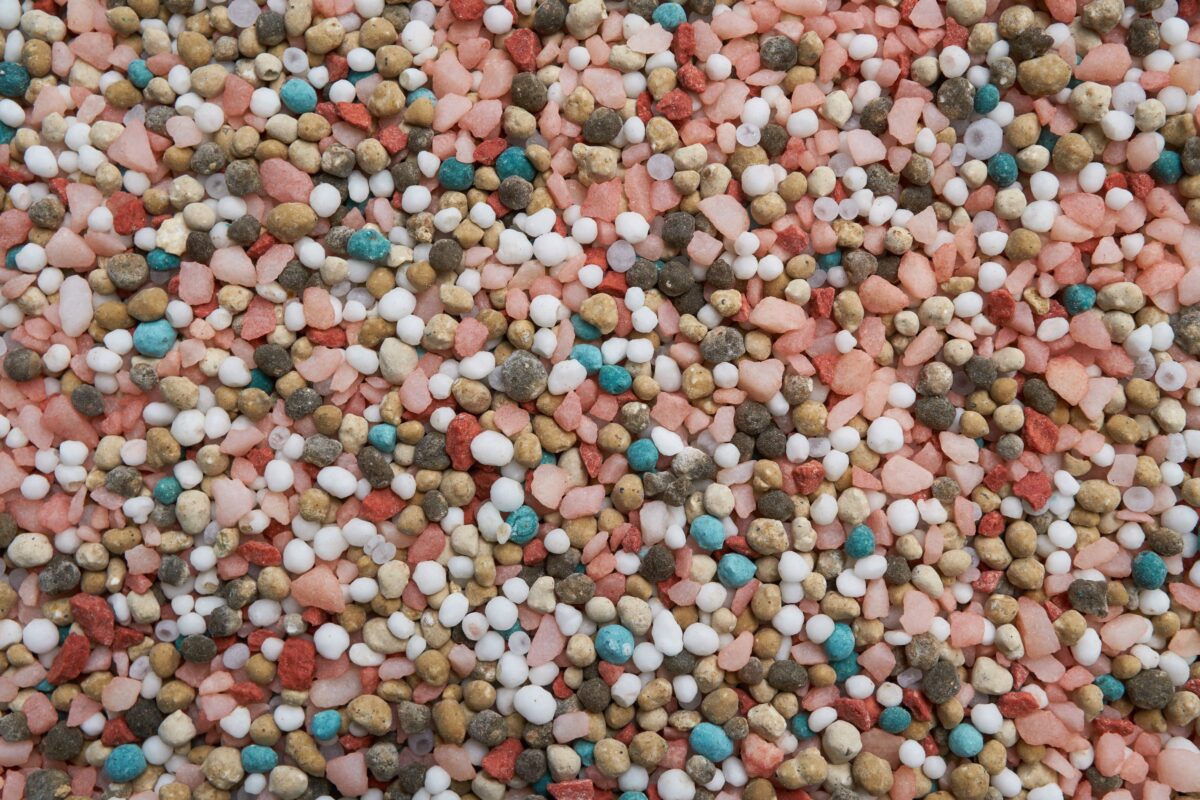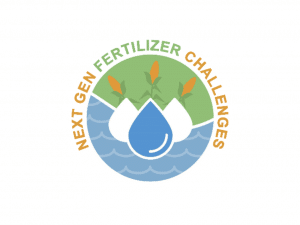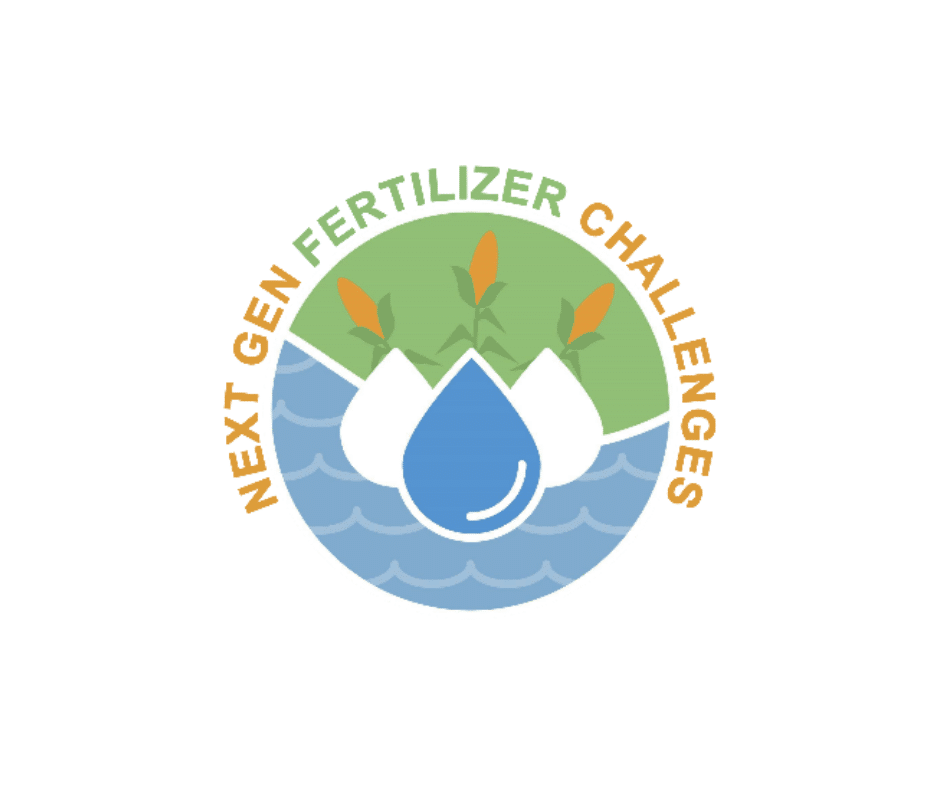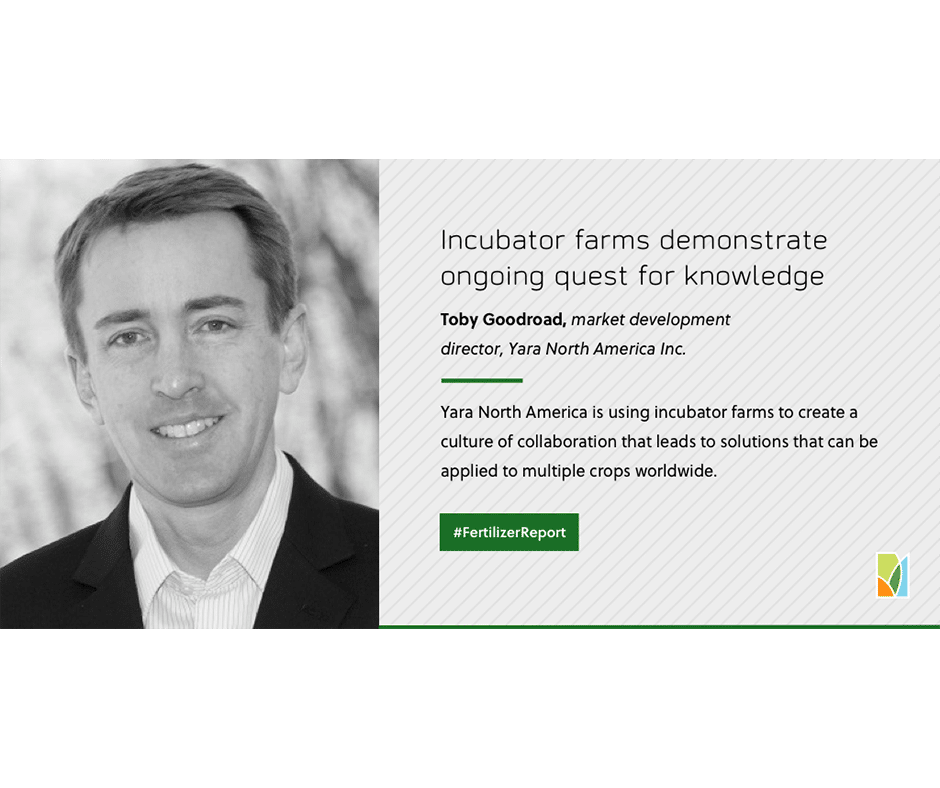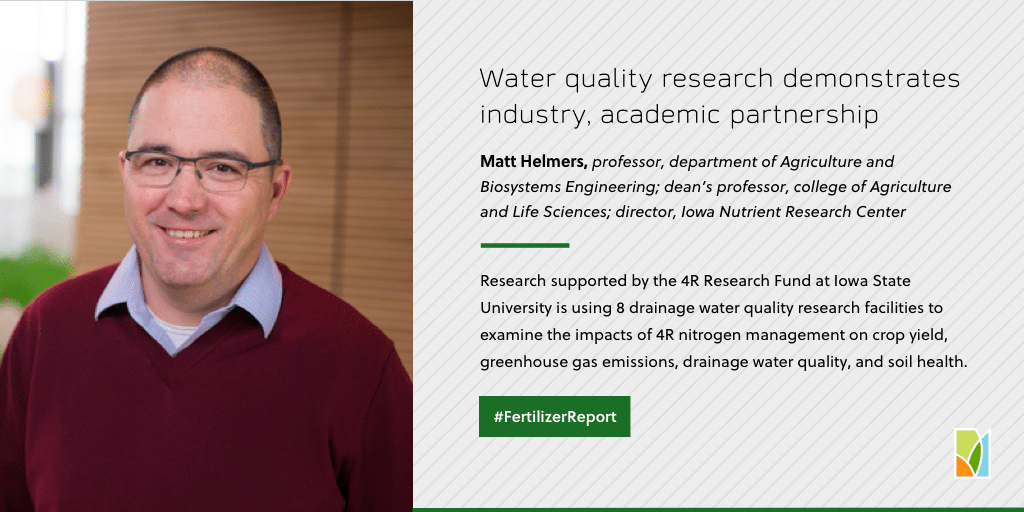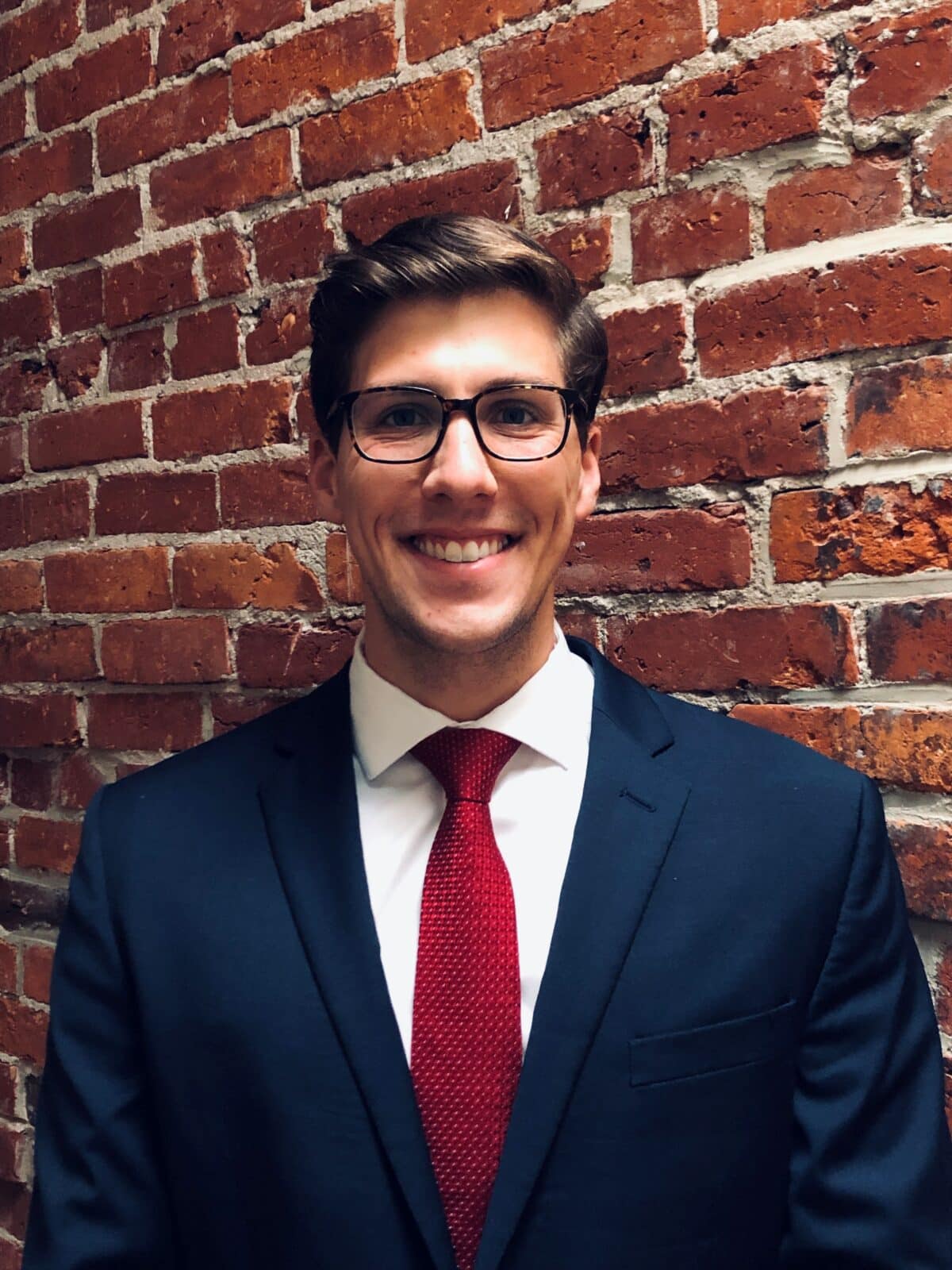The Fertilizer Institute Names 2023 4R Advocates
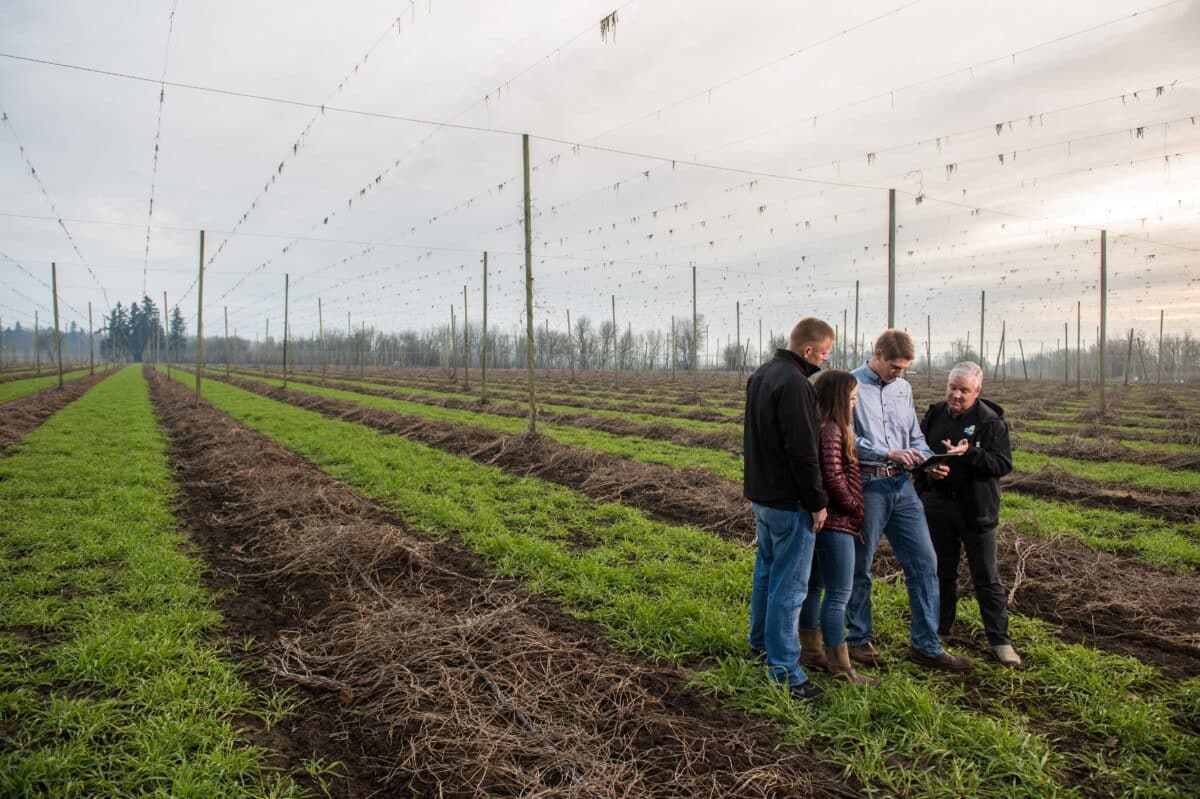
Arlington, VA – The Fertilizer Institute (TFI) today selected three farmers and their fertilizer retailers as 4R Advocates, who are being recognized for their commitment to implementing fertilizer management practices that incorporate the principles of 4R Nutrient Stewardship and have demonstrated economic and environmental benefits.
“While 4R Nutrient Stewardship is a priority for the fertilizer industry, it’s also a tangible solution for thousands of farmers across America who are seeking fertilizer application practices that have real-world impact on their bottom line and their land,” said TFI President and CEO Corey Rosenbusch. “We are proud of the industry’s retailers who work with growers to implement these practices at the field level.”
Now in its 12th year, the 4R Advocate program demonstrates the in-field successes of implementing 4R practices based on the right source, rate, time, and placement of fertilizer. 4R Nutrient Stewardship provides a framework to achieve in-field goals, such as increased production and profitability, enhanced environmental protection, and improved sustainability.
In 2021, the fertilizer industry committed to putting 70 million acres of cropland under 4R management by 2030. In January of 2023, the industry can confidently count 46 million acres as being under 4R nutrient management. A 4R acre is defined as an acre of U.S. cropland under management using 4R practices, such as crediting organic sources and removal rates, variable rate technology, split applications, the use of cover crops, accounting for weather during application, etc.
4R Advocates recognized since 2012 collectively farm nearly 300,000 acres on a variety of cropping systems in 25 states. The 2023 class of 4R Advocates represents 13,770 acres across 3 states and grow corn, soybeans, sugar beets, alfalfa, cereal rye, and sunflowers.
This year’s Advocates include:
Andrew Johnstad, Johnstad Farms, Beltrami, MN
Dwight Christian, TDS Fertilizer, Inc., Fertile, MN
Greg Keller, Keller Farms, Monroe, NE
Randy Zmek, Central Valley Ag Coop, Monroe, NE
Randy Bales, Fairholme Ag LLC, Lewisville, IN
Eric Steigerwalt, Co-Alliance Coop, New Castle, IN
Throughout the year the 4R Advocates will be included in TFI’s outreach efforts to promote fertilizer management practices by hosting farm field days, participating in conference panels, and speaking on behalf of 4Rs to their farming peers.
The 4R Advocate program is one of many facets of a high-priority campaign to raise awareness and adoption of 4R Nutrient Stewardship practices. Fertilizer is a key component of sustainable crop production systems, and the fertilizer industry recognizes the need to efficiently utilize these nutrients. 4R Advocates and other farmers have partnered with TFI to demonstrate how 4R practices have led to cost-efficiencies and improved environmental outcomes on their fields.
More information and data on their efforts is available at 4RFarming.org.
###
The Fertilizer Institute (TFI) is the leading voice of the nation’s fertilizer industry. Tracing its roots back to 1883, TFI’s membership includes fertilizer producers, wholesalers, retailers and trading firms. TFI’s full-time staff, based in Washington, D.C., serves its members through legislative, educational, technical, economic information and public communication programs. Find more information about TFI online at TFI.org and follow us on Twitter at @Fertilizer_Inst. Learn more about TFI’s nutrient stewardship initiatives at nutrientstewardship.org and on Twitter at @4rnutrients.
